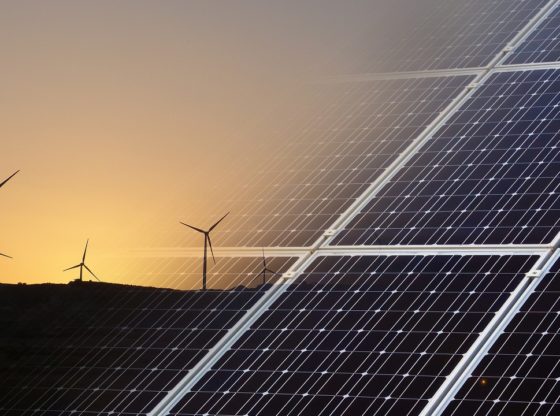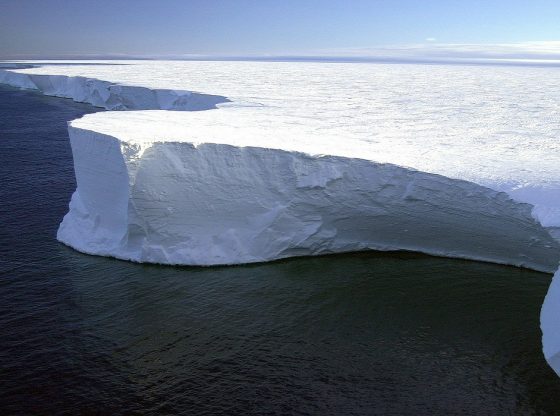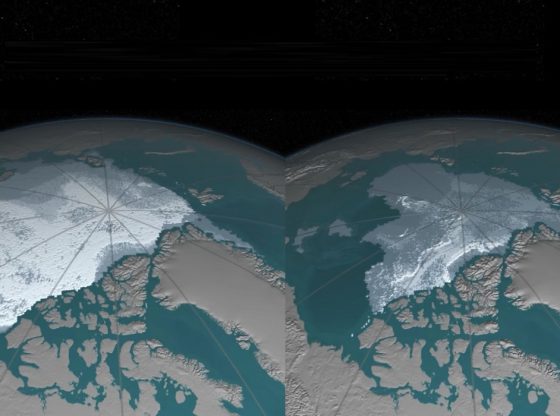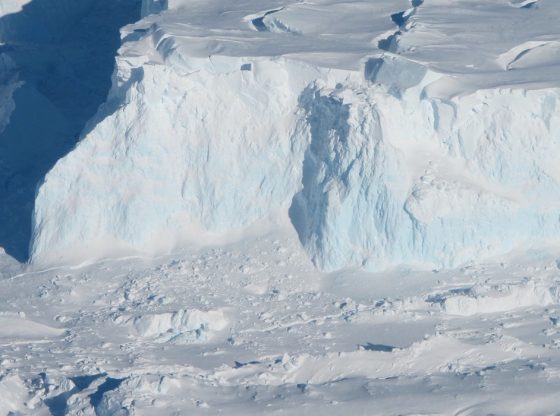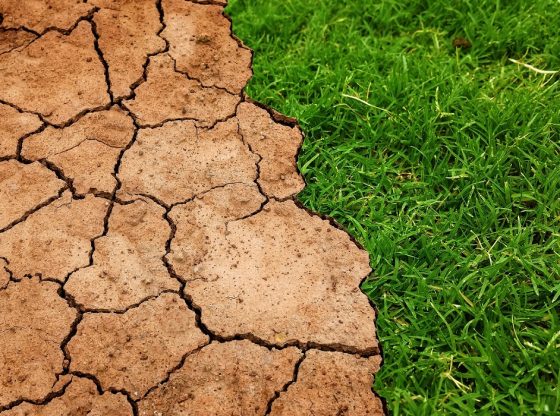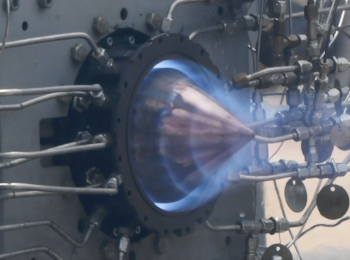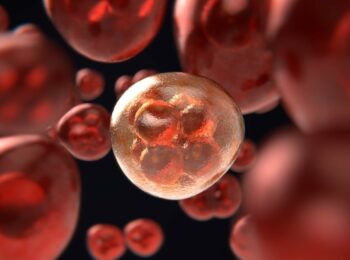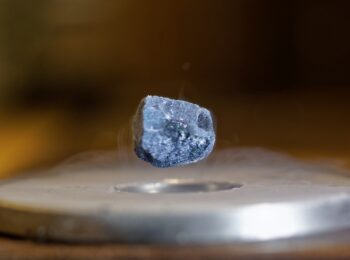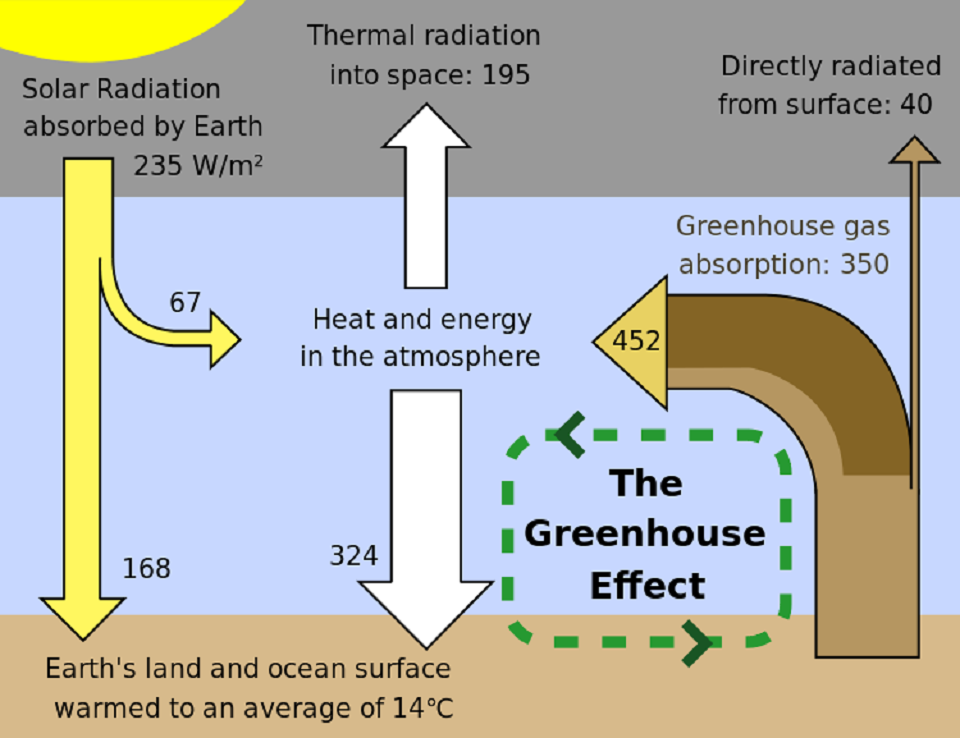
Behind the struggle to address global warming and climate change; the continued accumulation of greenhouse gasses in our atmosphere.
Greenhouse Gases and the Carbon Cycle
The most abundant greenhouse gasses in Earth’s atmosphere are:
Water vapor (H2O)
Carbon dioxide (CO2)
Methane (CH4)
Nitrous oxide (N2O)
Ozone (O3)
Carbon dioxide is indeed an important molecule for Earth, having a vital part in the cycle of all life on earth, via the so-called carbon cycle.
The carbon cycle comprises a sequence of events that are key to making Earth capable of sustaining life. As it describes the movement of carbon through life and the Earth itself. Being recycled and reused throughout the biosphere.
As necessary as carbon is for all life on Earth, it is also the main source of the complicated situation with man-induced exaggeration of the greenhouse effect resulting in global warming.
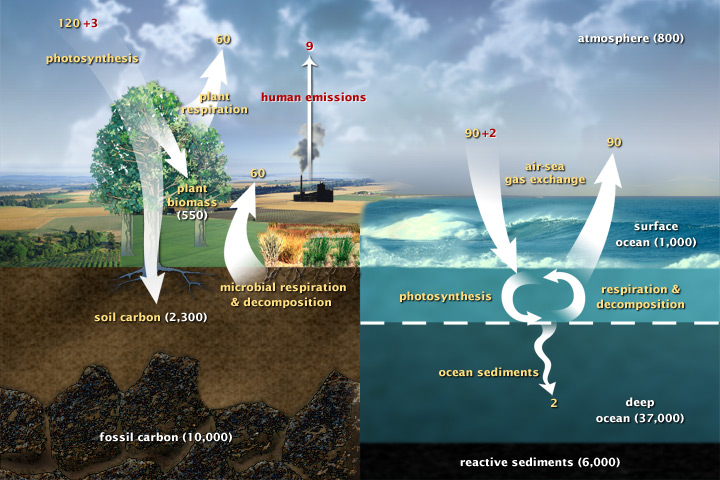
As described by NASA Earth Observatory, “Carbon is the backbone of life on Earth. We are made of carbon, we eat carbon, and our civilizations—our economies, our homes, our means of transport—are built on carbon. We need carbon, but that need is also entwined with one of the most serious problems facing us today: global climate change.”
As we burn fossil fuel, we release carbon that has been stored for millions of years. From a time when Earth was indeed much warmer. But by releasing this carbon into the atmosphere today, we shift the climate of today. And by doing so, we are creating a situation which could imply serious adverse effects for all life on earth.
New Data from WMO
According to a new compilation of data by the World Meteorological Organization, the concentration of greenhouse gasses in the atmospheric hit a record during 2011.
WMO reports that the proportion of carbon dioxide in the atmosphere was for the first time more than 390 parts per million. Between 1990 and 2011, the warming effect of greenhouse gasses on Earth has increased by 30 percent.
The proportion of carbon dioxide in the atmosphere has increased almost continuously since the industrialization. In 2009 the levels dropped, though, due to the reduced economic activity in the wake of the global financial crisis in 2008, but then a year later it rose to new record levels again.
Oceans: Carbon Sink
So far, about half of the carbon dioxide emitted by man is absorbed by so-called carbon sinks, particularly the oceans. But this comes at a price, though, as they the oceans become acidic. When CO2 dissolves in water, it reacts with water to form a balance of ionic and non-ionic chemical species: dissolved free carbon dioxide (CO
2(aq)), carbonic acid (H2CO3), bicarbonate (HCO−3) and carbonate (CO2−3).
Feed Back Effects
With a continued warmer Earth, there is a risk of feedback effects that could tip the balance to rapid acceleration and runaway climate change. These feedback effects include less ice since white ice surface reflect more solar radiation than dark ocean surface. Warmer oceans inducing more water vapor, which is by itself a greenhouse gas. A risk of releasing methane buried in the frozen permafrost.
Solution?
The obvious would be to decrease the release of carbon dioxide into the air. But the question is if this will happen within a necessary time-frame before a possible tipping point occur where we face a runaway greenhouse effect.
Decreasing our emissions would only be possible by using more efficient means of energy use, and above all, producing energy in clean ways, by solar, wave, wind, hydro, or nuclear power (perhaps a future safer fission power that would enable reusable fuel).
Collecting CO2?
But if this progress is too slow, we might face a situation that necessitates more than just decreasing our emissions. Perhaps we will to also start collecting already released emissions. There is indeed research being made in this area. The U.S. Department of Energy’s Sandia National Laboratories and the project “Sunshine to Petrol” actually aims to recycle carbon dioxide in the atmosphere into fuel as renewable energy.

Klaus Lackner, a physicist at Columbia University, is one of the pioneers who research direct air capture. And he is indeed a strong supporter of the idea, read below “Yes, We Can Afford to Remove Carbon from Air”.
CO2 scrubbers are only one of several innovative ideas proposed by several scientists and companies. Lackner and his colleagues propose synthetic “trees”. They are built with materials called “sorbents” that would absorb CO2 from the air.
The machines would be far more efficient at doing the job than natural trees; Able to extract 1,000 times more CO2 than a tree of the same size.
CO2 capturing is already a reality on The International Space Station. In this enclosed space in space, the astronauts need to collect CO2 from the air, since it otherwise builds up and makes it unsafe for breathing.
This is done with the so-called “regenerative carbon dioxide removal system” (RCRS). It is a two-bed system that provides continuous removal of carbon dioxide without expendable products, using a metal oxide sorbent canister and a regenerator assembly, more on this technology below.
_______________
http://www.wmo.int/pages/mediacentre/press_releases/pr_965_en.html
http://www.netl.doe.gov/publications/proceedings/01/carbon_seq/7b1.pdf
http://blogs.ei.columbia.edu/2011/06/28/response-to-aps-study-on-air-capture/
http://www.nasa.gov/mission_pages/station/research/experiments/Amine_Swingbed.html
______________________________

